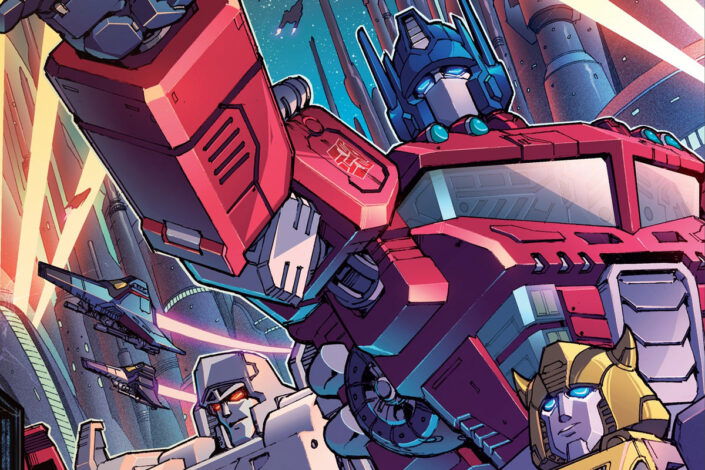The Amazing Spider-Man by Nick Spencer, a Fresh Start Reading Order

After his controversial run on Captain America, which culminated in the Secret Empire crossover event, writer Nick Spencer was chosen to succeed long-time writer Dan Slott to relaunch The Amazing Spider-Man as part of Marvel’s Fresh Start Initiative.
It was a classic back-to-the-basics approach for Marvel’s favourite superhero that stripped Peter of his credentials and work at the Daily Bugle. He was, once again, broke and had to return to the University to earn his college degree while sharing an apartment with Randy Robertson and Frederick Myers, also known as the super-villain Boomerang. On the positive side, Peter had recently rekindled his relationship with Mary Jane, the first time since their relationship was retconned during the infamous One More Day storyline.
Nick Spencer’s run lasted three years, a period during which the Spider-Family was once again in peril during Spider-Geddon, the original Doctor Octopus returned, and major events such as One More Day, Sins Past and Kraven’s legacy were revisited.
Read More »The Amazing Spider-Man by Nick Spencer, a Fresh Start Reading Order








